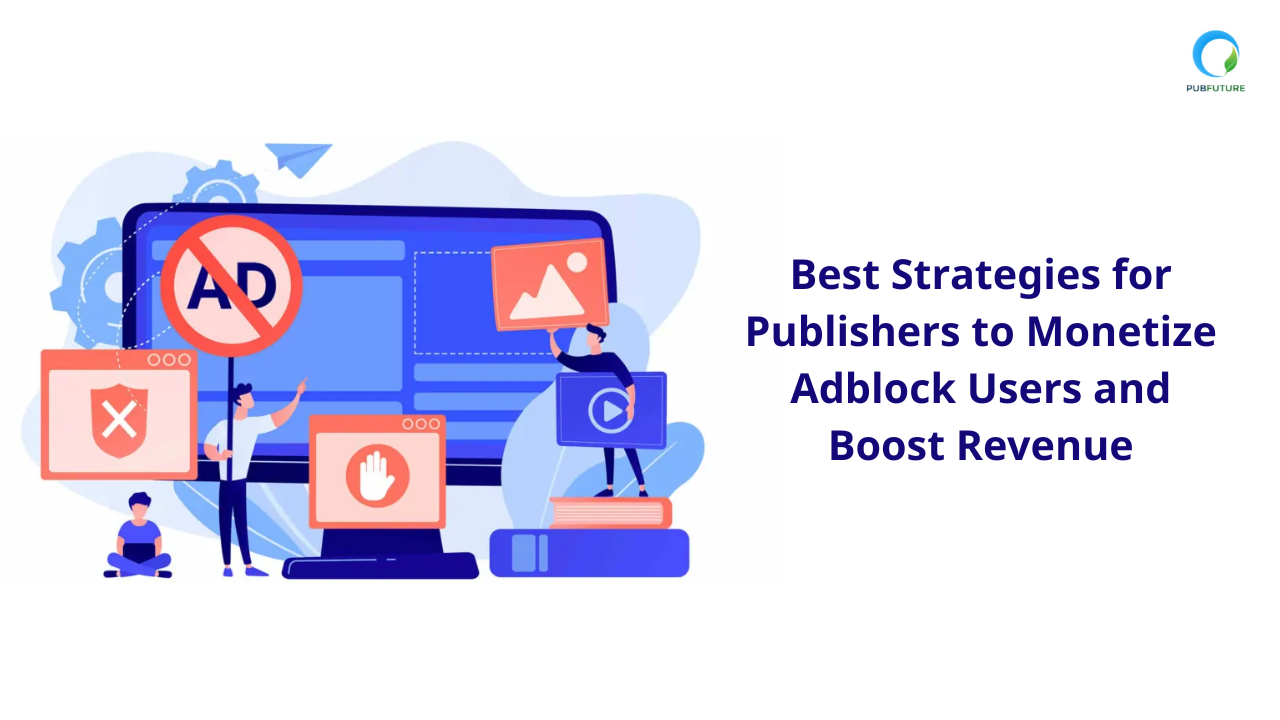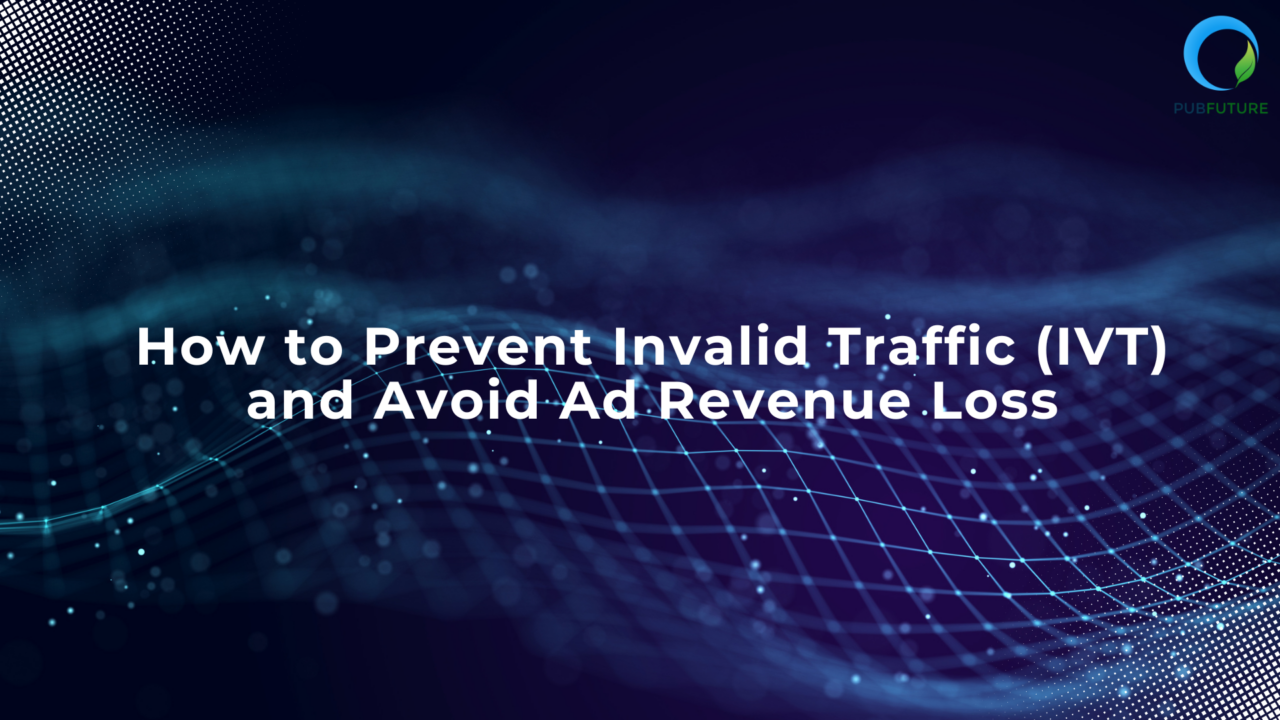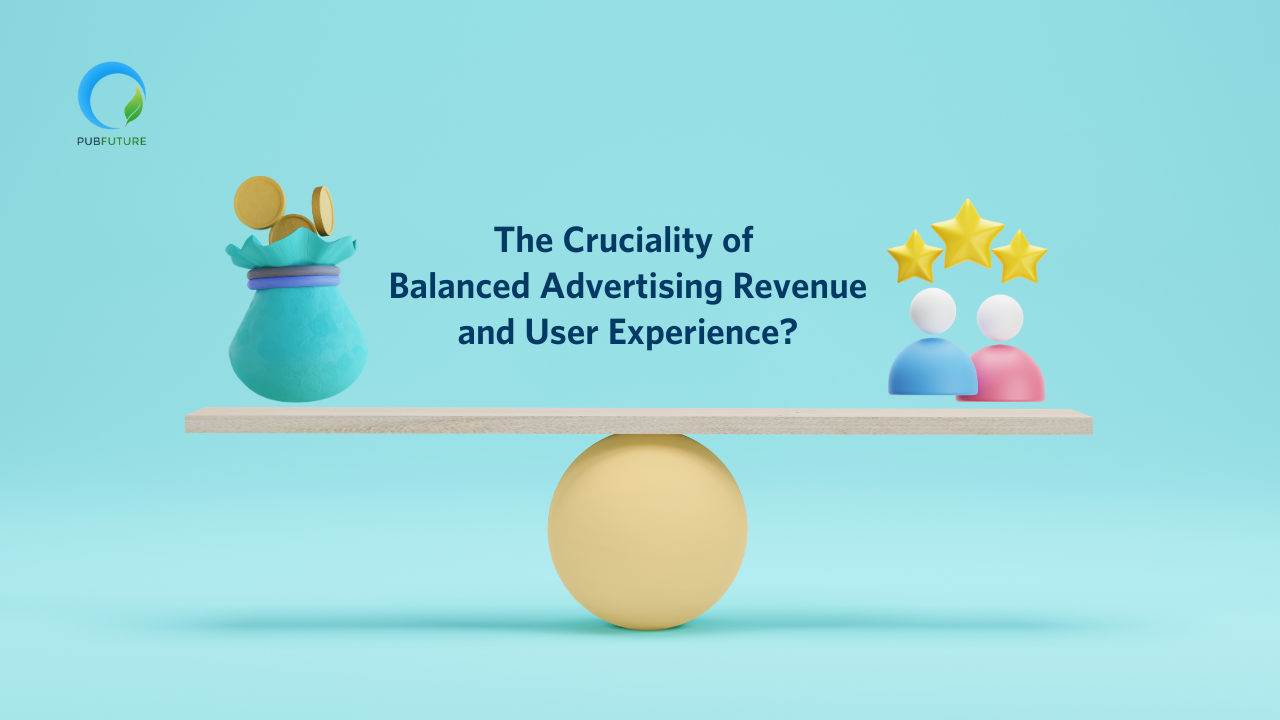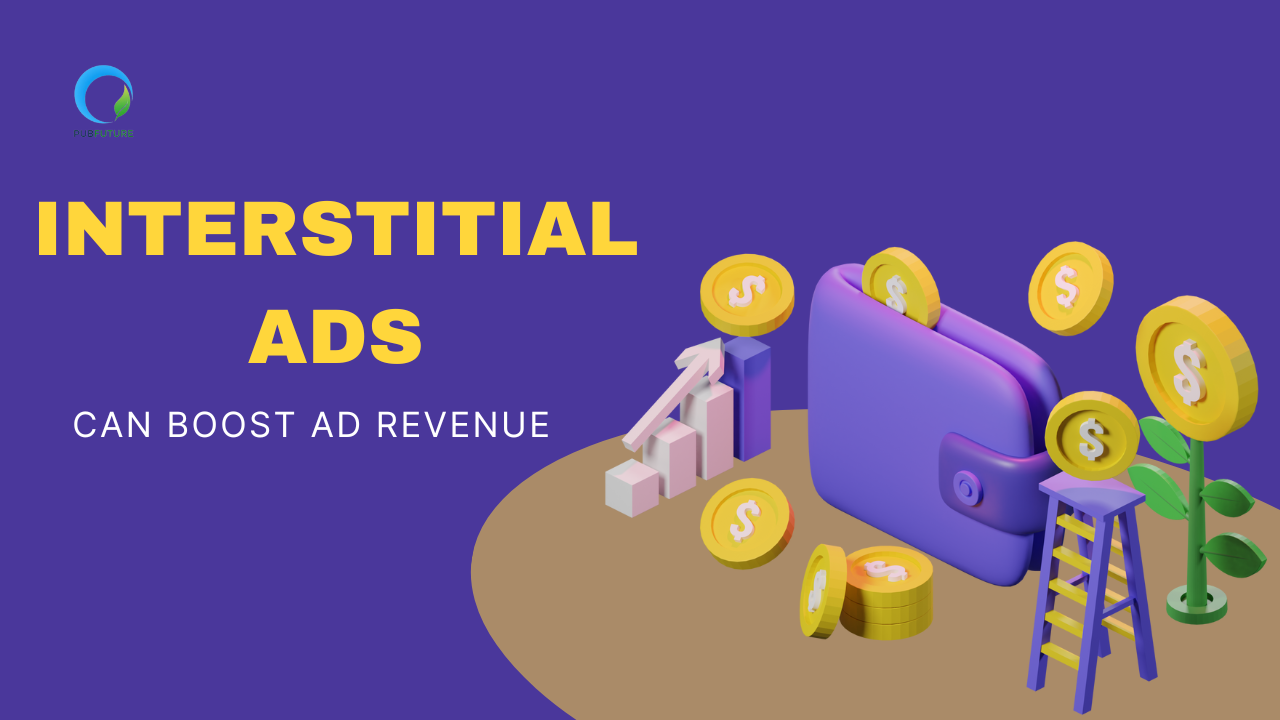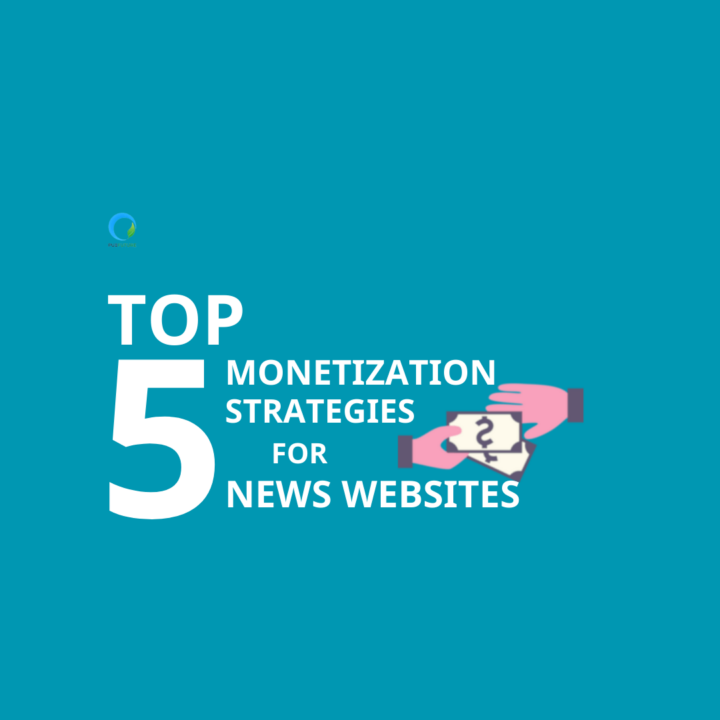Ad-blocking extensions help users improve their browsing experience by removing annoying ads. They use smart technology to detect and block ads, which creates a challenge for publishers trying to earn from ads. In this article, we’ll explain how ad-blockers work and share creative strategies to recover revenue from adblock users.
1. How Adblock Technology Works
An ad blocker intercepts web browser requests to load ads and selectively blocks or modifies them based on predefined criteria. To do this, it analyzes the HTML code of the website, identifies ad-related elements and blocks them from being displayed. To do this, ad blockers use a variety of techniques, including list filtering, item blocking, and domain blocking.
- List filtering: Ad blockers maintain extensive lists of known ad domains and URLs that are used to identify and block ads before they load. These lists are regularly updated to include new ad domains and remove obsolete entries. This ensures effective ad blocking.
- Element blocking: In addition to blocking entire ad units, ad blockers can selectively disable specific web page elements, such as images, scripts, and iframes associated with ad content. This granular approach allows ad blockers to remove ads while leaving the underlying web page intact.
- Disabling tracking: Ad blockers often include features to prevent online tracking and analytics by blocking cookies, tracking pixels, and other tracking mechanisms used by advertisers and data brokers.
- Domain blocking: Ad blocking software maintains block lists of specific domains and websites known to host intrusive or malicious ads. These blacklists are developed based on user feedback, community contributions, and automated analysis to identify and blacklist problematic domains.
- Ad serving: Interestingly, some ad blockers monetize their services by displaying “acceptable” ads to users who sign up for their program. Participating publishers receive a portion of the ad revenue generated by these “whitelisted” ads.
2. Impact of Ad Blockers on Publishers
Ad blockers not only cause direct revenue losses, but also have a variety of indirect consequences that severely impact publishers’ revenue streams.
Ad blockers put a huge strain on publishers’ revenues. According to 2023 eyeo Ad-Filtering Report
- By Q2 2023, there were 912M active ad-blocking users worldwide, up 11% from Q4 2021
- Acceptable Ads (ad-filtering) users crossed the 300M mark in 2023, up 42% from 216M in Q4 2021
- In 2024, ad blocking is expected to cost publishers $54bn in lost advertising revenue, which is ~8% of the total projected global digital ad spend of $695bn (eMarketer)
- 77% of surveyed mobile ad-filtering users view companies that take action on sustainability in a positive light, further, 42% view filtering ads as an action that reduces their online carbon footprint.
This exponential growth highlights the growing challenges publishers face when dealing with ad blockers. However, the repercussions of ad blockers extend far beyond mere monetary losses like reduced advertiser reach or loss of Data and Insights.
3. Proven Strategies to Monetize Adblock Users
In response to the growing prevalence of ad-blocking extensions, publishers have developed advanced monetization strategies to overcome this challenge and maximize revenue potential. These strategies leverage cutting-edge technologies and industry best practices to deliver targeted advertising content while maintaining user experience and compliance with acceptable ad standards.
Use Server-Side Ad Insertion (SSAI) – a technique where ads are stitched directly into video or audio content at the server level, bypassing ad blockers. Here’s how it works:
- How SSAI Works:
- The server inserts ads into the content stream before it’s delivered to the user’s device.
- Since the ads are part of the content itself, ad blockers can’t separate them.
- Benefits:
- Higher ad completion rates because users can’t skip them.
- Improved user experience since ads load without buffering or lag.
- Better targeting since ads are dynamically inserted based on user data.
Join an Acceptable Ads Program: The Acceptable Ads program provides a standardized approach to ad monetization that aligns user preferences with publisher revenue goals. By adhering to predefined ad format and placement guidelines, publishers can effectively monetize Adblock traffic without impacting the user experience. Implementing Acceptable Ads includes integrating compliant ad formats into publisher sites and leveraging server-side integration techniques to optimize ad delivery.
Native Advertising: offer publishers an attractive way to seamlessly integrate ad content into the user experience. From a technical perspective, native ads require careful consideration of content formats, placements, and integration methods. By using server-side integration techniques and optimizing ad delivery for different device types, publishers can maximize the effectiveness of native ads while minimizing the impact of ad blocking extensions.
Strategic Partnerships with Ad Tech Providers: Selecting the right ad tech partner is critical for publishers seeking to implement advanced monetization strategies in the face of ad-blocking challenges. Ad tech providers offer innovative solutions such as ad reinsertion technology, programmatic ad serving, and anti-ad blocking mechanisms. By integrating these solutions into their digital infrastructure, publishers can optimize ad delivery, enhance user engagement, and maximize revenue potential.
Optimize Ad Formats and Placement: Optimizing ad formats and placements helps publishers increase ad revenue and improve user experience without negatively affecting engagement. Strategic ad placement ensures that ads are visible but not intrusive, while choosing the right formats boosts click-through rates (CTR) and overall earnings.
Conclusion: Take Control of Your Adblock Revenue
Adblockers may seem like a threat, but you can turn them into an opportunity. By combining SSAI, native advertising, acceptable ads, and value exchange models, you can recover lost revenue and boost profits. Test different strategies and adjust based on what works for your audience.
References: How to Prevent Invalid Traffic (IVT) and Avoid Ad Revenue Loss




